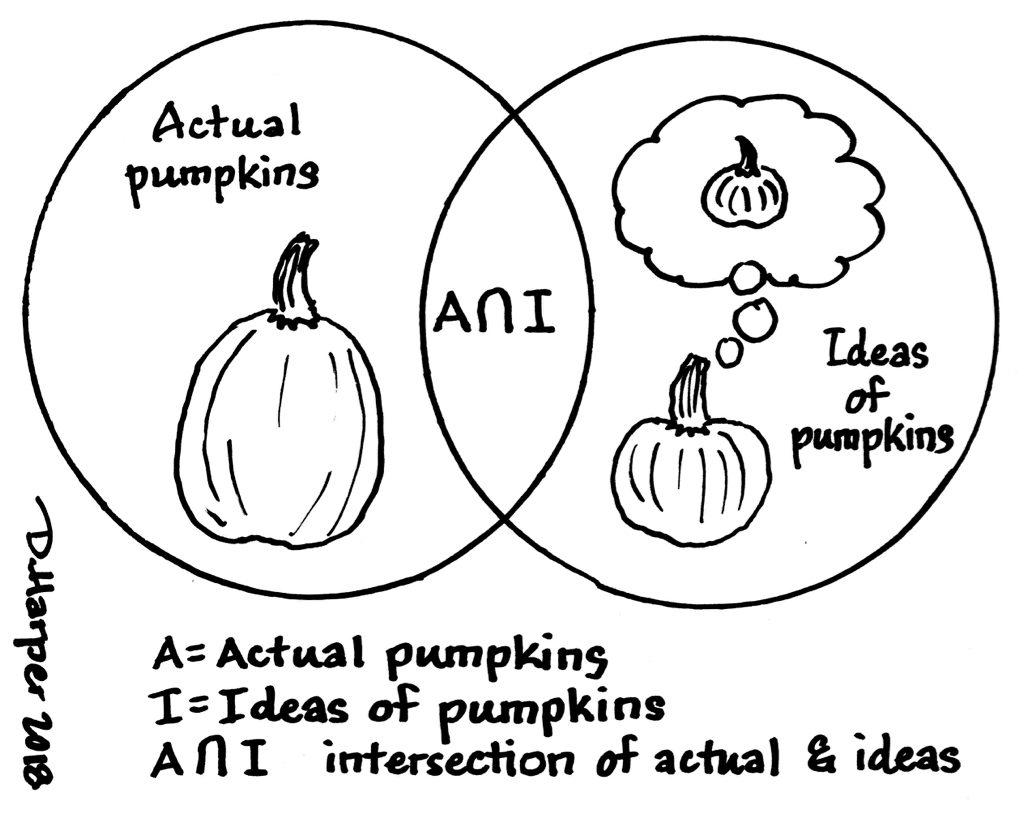Overwork and health issues have kept me away from this blog for a couple of weeks, but I now bring you an important scholarly article just in time for Halloween.
Back in 2015, two scholars published a peer-reviewed article in the academic journal GeoHumanities titled “The Perilous Whiteness of Pumpkins.” From the abstract: “Pumpkins in popular culture also reveal contemporary racial and class coding of rural versus urban places.” In other words, according to the authors, rural working class white folks dig pumpkins; urban middle class non-white folks, not so much; furthermore, this difference can lead to riots.
This could have been an interesting article, except I got lost in jargon-filled prose like this: “Spaces where actual pumpkins reside differ from spaces in which metaphorical pumpkins are segregated in the social landscape of modern U.S. cultures.” I’m honestly not sure just what that means, although maybe I just don’t get the jargon of the interdisciplinary study of geography and humanities.
But this next sentence I am quite sure I understand: “Actual pumpkins and the ideas of pumpkins intersect; both stay on the page for the remainder of this article.” I saw no actual pumpkins staying on the page for the remainder of the article. Or I suppose if I had seen the intersection of actual pumpkins, and ideas of pumpkins, it would have looked like this:

By the way, you will notice that this Venn diagram stayed on the page for the remainder of the time you were looking at this article. I have come to expect that sort of behavior from Venn diagrams, although to paraphrase Lord Berkeley’s question: If a Venn diagram is on the page, and no one sees it, does it stay on the page for the remainder of the article? The only reason I can indulge in such stupid sophomoric humor is that the authors of this article needed a remedial course in writing good prose.
